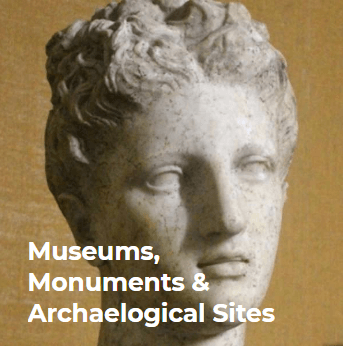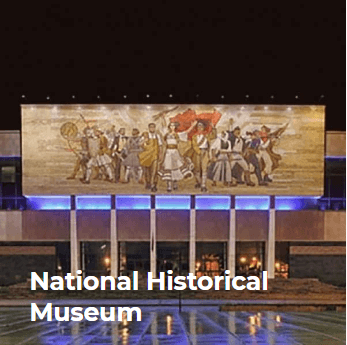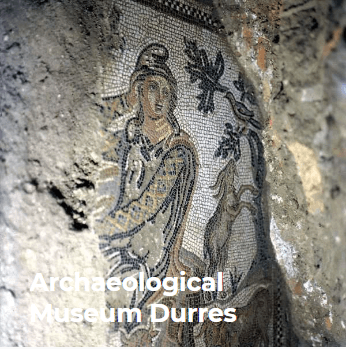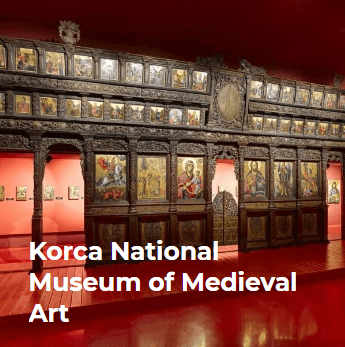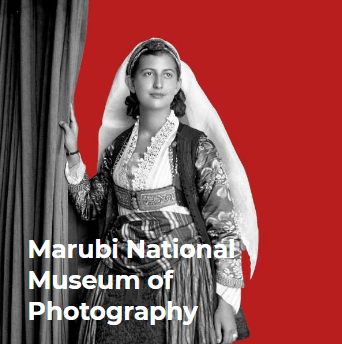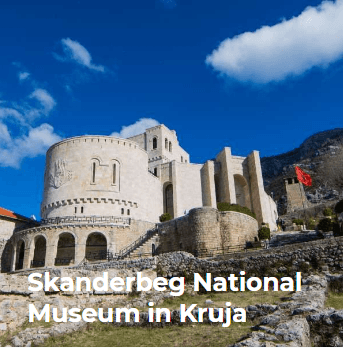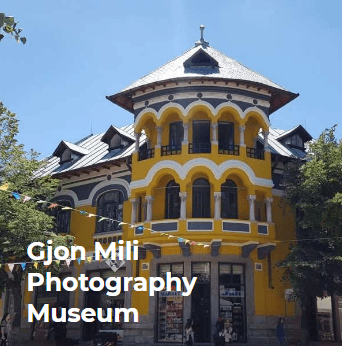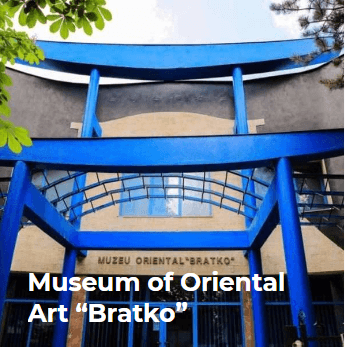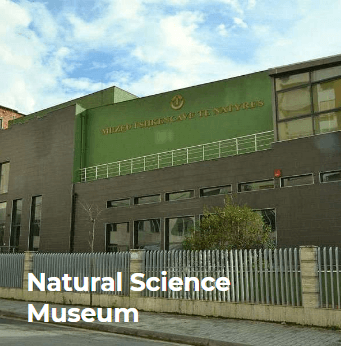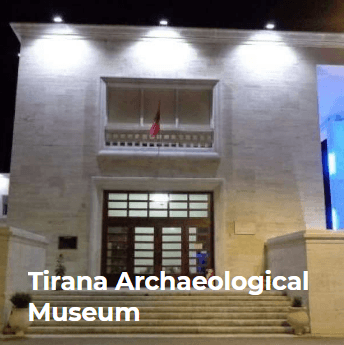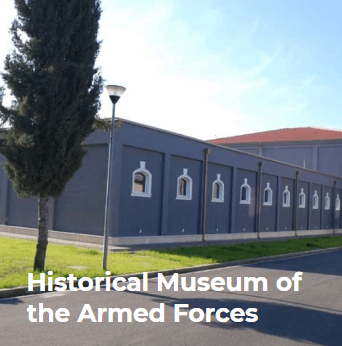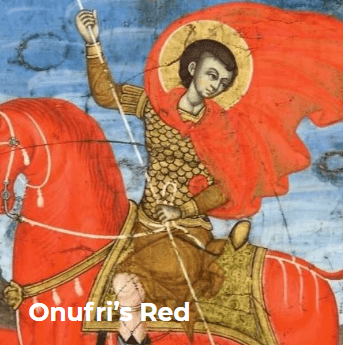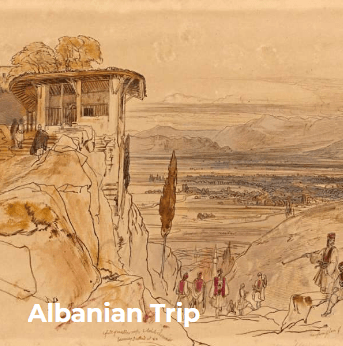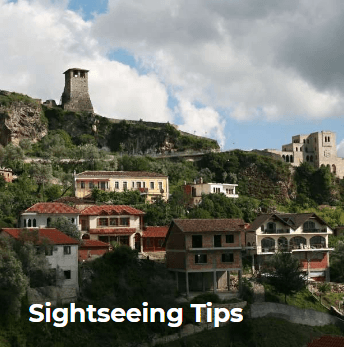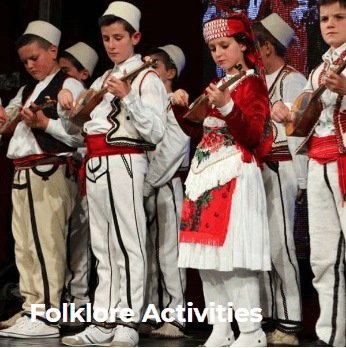The Tirana Archaeological Museum is the first museum created after World War II, as the last museum institutions were destroyed during this war. Opened on 01.11. 1948 as the Archaeological-Ethnographic Museum and continued until 1976, when the ethnographic pavilion was separated and it was organized as a profiled archaeological museum. This museum introduces archaeological finds and discoveries throughout the territory of Albania. Exposed material includes a period of time from stone era to metal (iron bronze) when the Illyrian civilization developed, the period of Illyrian antiquity (and not only), and the period of antiquity from late medieval to Ottoman invasion.
The Tirana Archaeological Museum has about 2,000 exhibits and relies on a reserve fund with more than 17,000 objects, to which are also added additional objects from systematic archeological discoveries.
In the first and second hall of the museum are exposed objects belonging to the prehistoric period, from the Palaeolithic to the Iron Age. Objects discovered from the south to the north of Albania are presented according to a thematic and chronological order, where the main purpose of their selection was the birth and creation of authenticity of Illyrian ethnos, which was created and developed in this territory.
In the third and fourth hall are exposed objects belonging to different periods, since the century AD. IV p.e.r. until the nineteenth century. VI of e.r. according to a chronological division and according to a distribution from the south to the north of the Illyrian Koinons. In the nineteenth century. V-IV p.e.r. the urbanization of Illyrian cities began on the basis of Koinons, which were political-administrative units. The period of antiquity is presented through the civic centers that flourished in the nineteenth century. III - II p.e.r. in the territories of the main Illyrian tribes. The objects exhibited in the showcases of this period are intended to show the daily lives of the Illyrians, but also the trade they have had with the Greek colonies.
In the fourth hall, two showcases are reserved for Greek colonies (Durrachium, Apollonia and Orik) established along the Illyrian coast. In the museum are exposed objects outside the showcases, where most of the sculptures are occupied.
In the fifth and last hall are exposed objects belonging to the Middle Ages, which come from castles and cemeteries, especially from Koman's famous cemetery. The objects exhibited in this hall are considered as the link of continuity from Illyrian to Medieval culture. The main purpose of this session is that the Illyrians were not romanized, but they continued to live in the same territory inheriting the same material and spiritual culture.
Opening Hours
Everyday from 9 am - 4 pm












